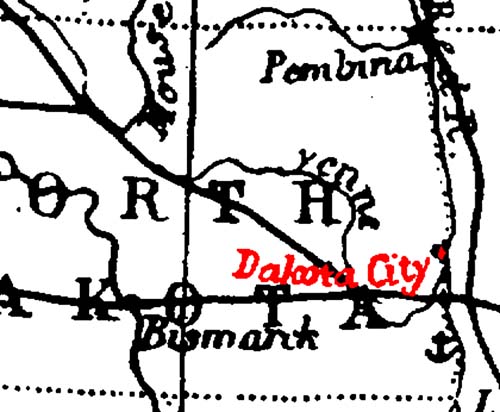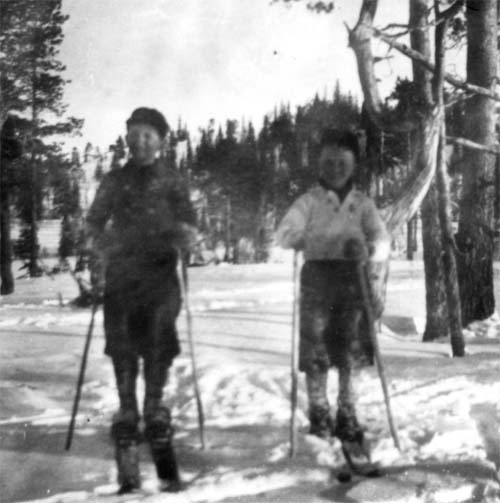
Steam-Powered Space-Ships, 1918.




Greetings from scenic Dakota City, North Dakota! It took a little research to figure out what the cartographer was going off of, but the issue may be the result of lazy mapmaking. The full-sized map comes from the Harmsworth Self-Educator, a British encyclopedia from the 1910s. On closer examination, it’s odd to see a river called the “Yenne” running curling around the eastern half of the state — that is actually the “Sheyenne River”, which had at some point lost the first part of its name. The mapmaker who produced the map during the 1890s was copying off a map about 40 years older. “Dakota City” was a small settlement, just north of the Sheyenne/Red River confluence about ten miles north of Fargo, north of Harwood’s current townsite, established in the 1850s. According to Origins of North Dakota Place Names by Mary Ann Barnes Williams, “In 1895, one log cabin stood at the crossing of the Red River, just opposite LaFayette, Minn., on the Dakota side…known as Dakota City.” That one lone log cabin was occupied in the 1860s by “Monsieur Marchaud, a French Canadian, his Chippewa wife and twelve children,” according to Seat of the Empire by Charles Coffin. Dakota City, its neighbor Lafayette, and numerous other small townsites never succeeded in reaching actual town status, disappearing well before this map was published.

What does this map show? It relies on the wind patterns of an average spring day, in that particular decade. That decade was the 1960s, and about the biggest worry to be carried on those spring winds: fallout. This map projects fallout, if an “enemy” were to drop 3,000 megatons on various military, industrial, and civilian targets at the same time, both ground detonations and air bursts. From the Saturday Evening Post, 23 March 1963.

The corner of Broadway and NP Avenue, looking north, in downtown Fargo. Early 1970s.


Professional wrestler Jerry (Killer) Meeker, from an advertisement for an appearance (with others) in Fargo, ND, 1945.

